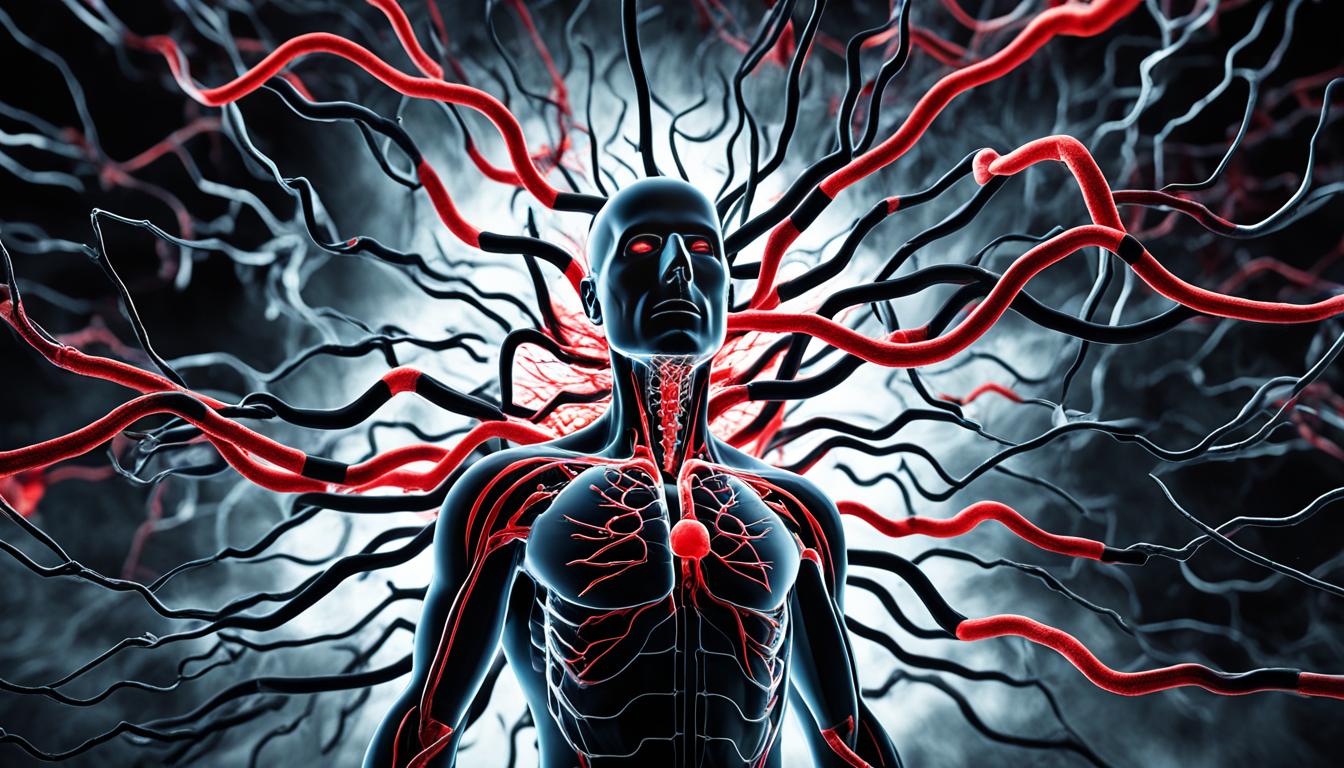Viral hemorrhagic fevers (VHFs) are caused by different RNA viruses. They impact both animals and humans, leading to severe illness. These illnesses are known for causing fever, bleeding, and in some cases, death. Some well-known examples are the Ebola virus, the Marburg virus, and others.
The symptoms of VHFs can change depending on the virus involved. Generally, people with VHFs might have a fever, look flushed, or have spots on their skin. They could also experience bleeding, swelling, low blood pressure, or even shock.
Diagnosing VHFs isn’t easy and requires special labs with high levels of safety. Doctors use various tests to check for the virus and see how it’s affecting the blood. It’s crucial to diagnose VHFs early to start proper treatment and stop the illness from spreading.
Even though treating VHFs is challenging, there is a new hope with stem cell therapy. Stem cells have the amazing ability to heal and help the immune system. This has shown promise in fighting VHFs and other severe diseases.
Key Takeaways:
- Viral hemorrhagic fevers (VHFs) are caused by diverse groups of RNA viruses
- Symptoms of VHFs can include fever, bleeding disorders, and circulatory shock
- Diagnosing VHFs requires specialized laboratory facilities
- Supportive care is the current mainstay of treatment for VHFs
- Stem cell therapy shows promise as an advanced treatment option for VHFs
Types and Transmission of Viral Hemorrhagic Fevers
Several viral hemorrhagic fevers exist, each linked to a specific virus. These belong to different families. Some widely known types are:
- Ebola virus disease
- Marburg virus disease
- Lassa fever
- Hantavirus pulmonary syndrome
- Crimean-Congo hemorrhagic fever
These fevers can spread through various routes, leading to illness in both animals and humans.
- Direct contact with infected animals is a common way. This means coming into contact with rodents or bats, which often carry these viruses.
- Coming into contact with bodily fluids is another mode of transmission. This includes being exposed to an infected person’s blood, urine, or saliva.
- In some cases, indirect contact can occur. For diseases like Lassa fever and Hantavirus pulmonary syndrome, touching contaminated surfaces or breathing in virus particles can spread the illness.
Viruses like Ebola and Marburg can be very contagious, sometimes spreading rapidly between people. However, most viral hemorrhagic fevers do not spread easily between individuals.
Comparison of Transmission Modes for Common Viral Hemorrhagic Fevers
| Viral Hemorrhagic Fever | Direct Contact | Direct Contact with Bodily Fluids | Indirect Contact |
|---|---|---|---|
| Ebola Virus Disease | ✓ | ✓ | ✕ |
| Marburg Virus Disease | ✓ | ✓ | ✕ |
| Lassa Fever | ✓ | ✓ | ✓ |
| Hantavirus Pulmonary Syndrome | ✓ | ✓ | ✓ |
| Crimean-Congo Hemorrhagic Fever | ✓ | ✕ | ✓ |
Note: ✓ indicates the presence of transmission mode, while ✕ indicates the absence.
Learning about viral hemorrhagic fevers’ types and how they spread is key. It helps us prevent outbreaks. Knowing this, we can protect ourselves and stop the diseases from spreading.
Symptoms, Diagnosis, and Prevention of Viral Hemorrhagic Fevers
Viral hemorrhagic fevers (VHFs) are severe sicknesses. They’re caused by several RNA viruses. Some examples include the Ebola, Marburg, Lassa, and Hantaviruses. It’s key to spot the symptoms and use the right steps to stop them spreading.
Symptoms of Viral Hemorrhagic Fevers
VHFs can show different symptoms, based on the virus. Common signs are:
- Fever
- Malaise
- Muscle pain
- Headache
- Vomiting
- Diarrhea
- Face and chest flushing
- Petechiae (small skin spots)
- Bleeding
- Swelling
- Low blood pressure
- Shock
If these symptoms happen and you think it might be VHF, get medical help right away.
Diagnosis of Viral Hemorrhagic Fevers
To diagnose VHFs, doctors use many lab tests. They check:
- Blood tests for cell counts
- Liver enzyme analysis
- Clotting factors
- Virus presence
These tests find if VHFs are there and which virus it is.
Prevention of Viral Hemorrhagic Fevers
Preventing VHFs is vital. Here are some tips:
- Be very careful with touching, including hand hygiene, double gloves, gowns, shoe and leg coverings, and face shield or goggles
- Keep VHF patients apart in special, well-ventilated places
- Use strong cleaners like bleach to keep the space safe
- Teach people to wash hands well and often
Good prevention, spotting symptoms early, and fast medical help matter a lot. They help keep VHFs from hurting many people.
Stem Cell Therapy as an Advanced Treatment for Viral Hemorrhagic Fevers
Stem cell therapy is now a key player in fighting viral hemorrhagic fevers (VHFs). It brings new hope in tackling these deadly diseases. This method uses the body’s own cells to boost healing and fight off viruses.
Early tests show the benefits of using stem cell therapy for RNA virus-linked VHFs. The cells can change into various types, which helps the body fight the disease. This makes them an important tool in battling VHFs.
Using stem cell therapy for VHFs is still in the early stages. But it has shown it could help patients get better and lower the death rates. More studies and tests are needed to make sure this treatment is both safe and effective.
Thanks to the continuous work of scientists and doctors, progress in stem cell research keeps moving forward. More treatment options for VHFs are being explored. Stem cell therapy offers a bright future in the fight against these dreadful diseases.

